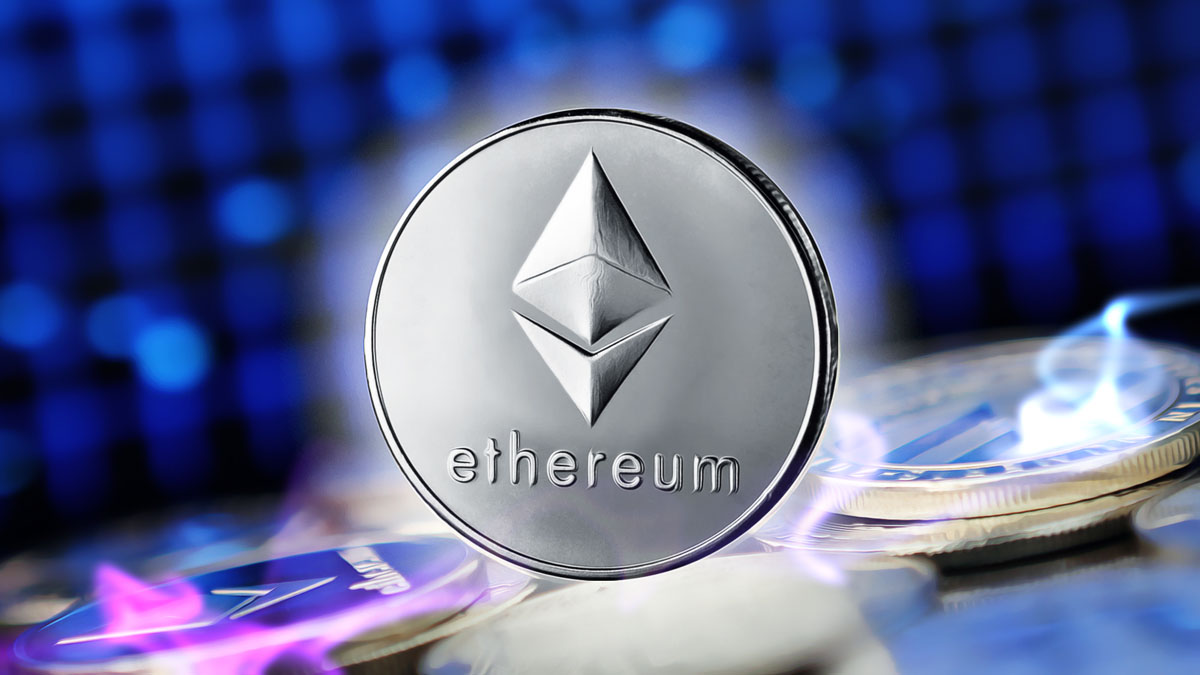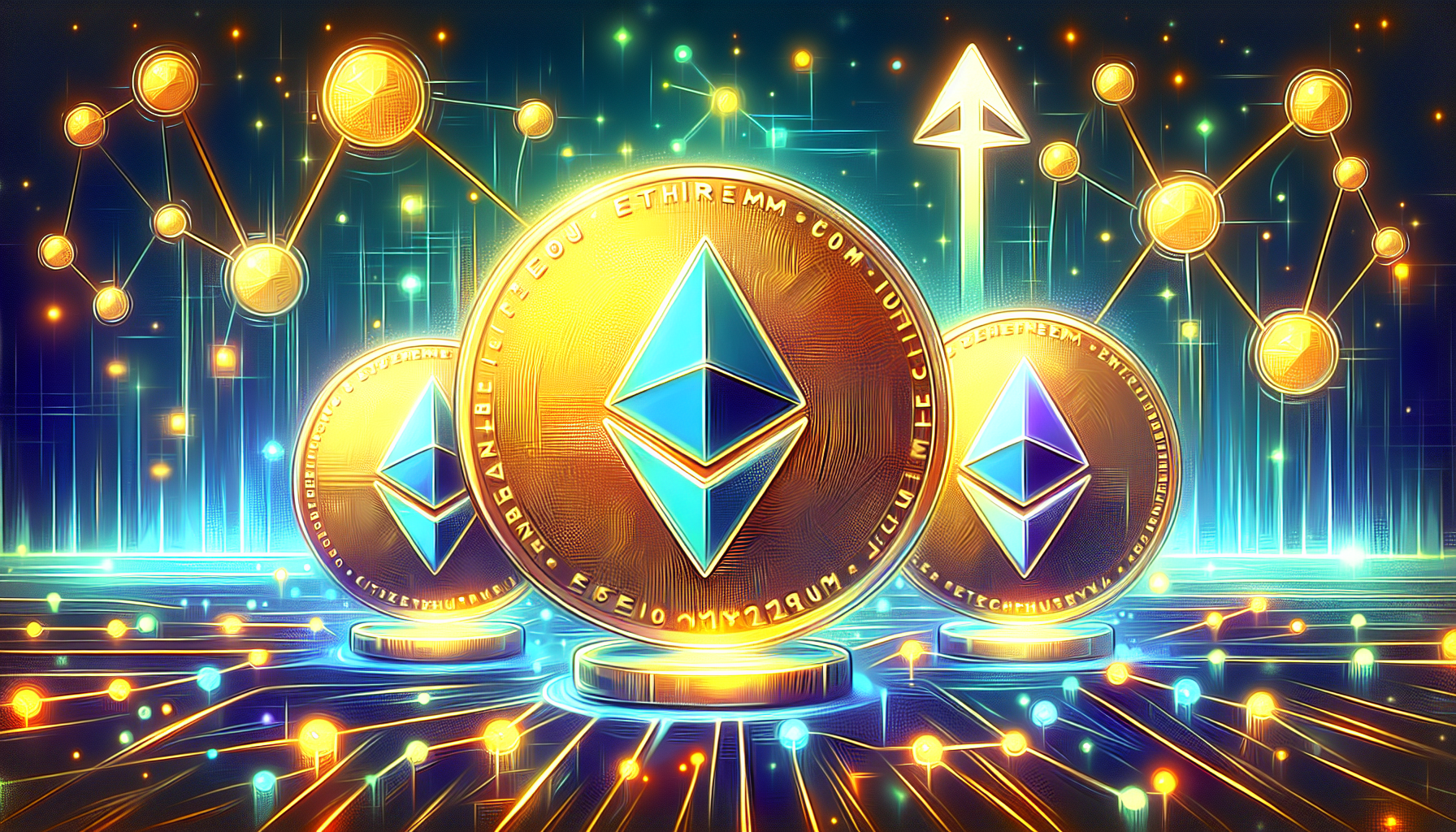
Vitalik Buterin, a key figure in Ethereum’s development, has shed light on the crucial role of Helios, a multi-chain light client, in the platform’s scaling strategies. Buterin stressed the necessity of incorporating Helios into mobile and desktop wallets, allowing for light client validation across Ethereum’s primary and secondary networks.
How Does Helios Enhance User Experience?
Buterin pointed out that the integration of Helios and similar light clients is vital for user wallets. This addition will empower users to authenticate transaction legitimacy without the need for a complete node, which is especially relevant considering Ethereum’s ambition to accommodate numerous rollups.
Can Gas Fees Be Reduced Effectively?
The co-founder also mentioned ongoing efforts to refine Ethereum’s gas fee structure while boosting transaction speeds. These enhancements are projected to improve the platform’s transactions per second by 1.5 times, positioning Ethereum to compete more effectively with faster blockchain options.
The developments in Ethereum’s scaling initiatives elicit mixed reactions among market players. Key takeaways include:
- The integration of Helios is essential for validating transactions efficiently.
- Gas fee optimization could improve user satisfaction and retention.
- Increased transaction speeds enhance Ethereum’s competitive edge.
Ethereum’s scaling advancements aim to improve both network performance and user interaction. The initiatives are poised to fortify the platform’s long-term viability and security.
With innovations like Helios and ongoing gas fee enhancements, the Ethereum ecosystem stands to benefit significantly, paving the way for future growth and user engagement.
Disclaimer: The information contained in this article does not constitute investment advice. Investors should be aware that cryptocurrencies carry high volatility and therefore risk, and should conduct their own research.











